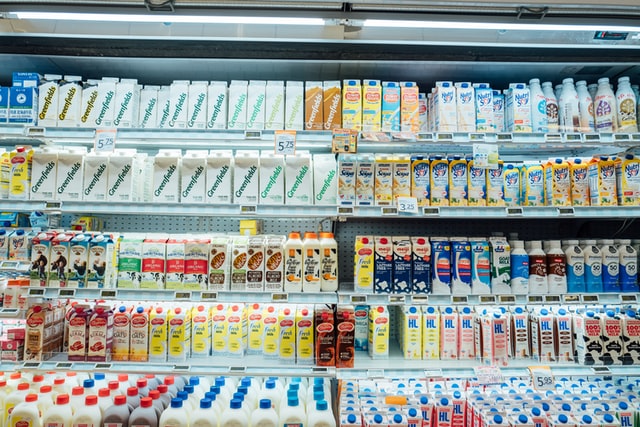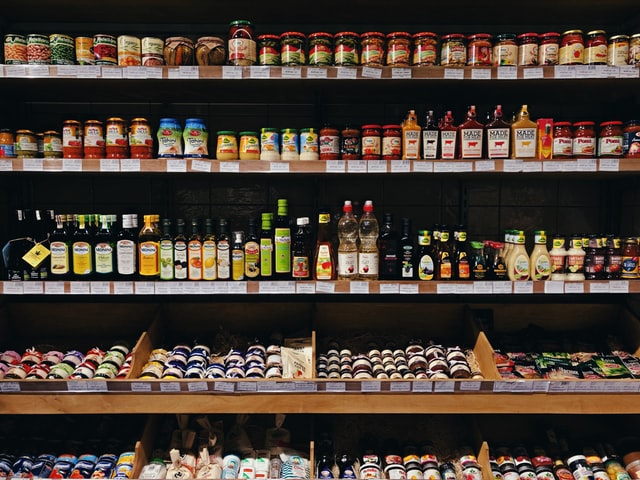Are you considering starting a food business? Before you launch a new food product, there are certain things to know about the industry. The food industry is often regarded as one of the most difficult and high-risk sectors into which to venture. Entrepreneurs looking to get into the market, on the other hand, are in no short supply of enthusiasm. When you work with a food startup consulting company, you’ll discover firsthand just how lucrative the food business can be. Here are the three key stages of launching a new food product so that you can enter the market with your best foot forward.
1. Create a Competitive Advantage by Differentiating Your Product From the Crowd
As your food startup consulting representative can tell you, the food industry is characterized by intense rivalry, which is one of the elements that contributes to the high risk associated with launching a food business. It is critical that you identify your unique selling proposition in order to distinguish your food product from the competition. Consider what you do well and how you may express this effectively in your marketing plan to attract the attention of your target market.
2. Put Your Products Through Their Paces With Help From a Food Startup Consulting Company
Test the marketability of your product on a modest scale before making a significant commitment, such as signing a lease or acquiring large-scale machinery and equipment. Your food startup consulting representative will play a crucial role in this step. Consider creating a pop-up shop or making your goods available at a local community market or other popular gathering place. Your early consumers will function as your test market, which will allow you to demonstrate the feasibility of your business concept throughout the business development stage.
This trial run will provide you with crucial information about how your items will be accepted in the overall marketplace. You’ll garner valuable primary research data that can be used to evaluate critical initiatives such as pricing, as well as an opportunity to iron out any possible operational hitches.
Validating your product is an important step in any business’s development. Food businesses typically have high startup expenses, making this testing procedure step vital.
3. Study the Path of Others to Avoid Pitfalls
Enlist the assistance of a mentor in the food sector, such as a food startup consulting company. This will give you useful information and insights about beginning and operating a food company, which can possibly save you money by preventing you from making mistakes down the line. Even if you do not participate in a structured mentoring program, you may still benefit from surrounding yourself with knowledgeable individuals. Those who have previous expertise in the same field as well as experts such as accountants and lawyers might be included in this group. Attending networking events may also be an excellent approach to meeting people who are related to your business or profession in your town.
When you study the successes and mistakes that other businesses have made in the food industry, you’ll be able to avoid many, if not most, of the pitfalls related to launching a new food product.
The smartest thing to do when getting into the new food product business is to partner with a food startup consulting company. For more information about how to get started, please contact us today.









